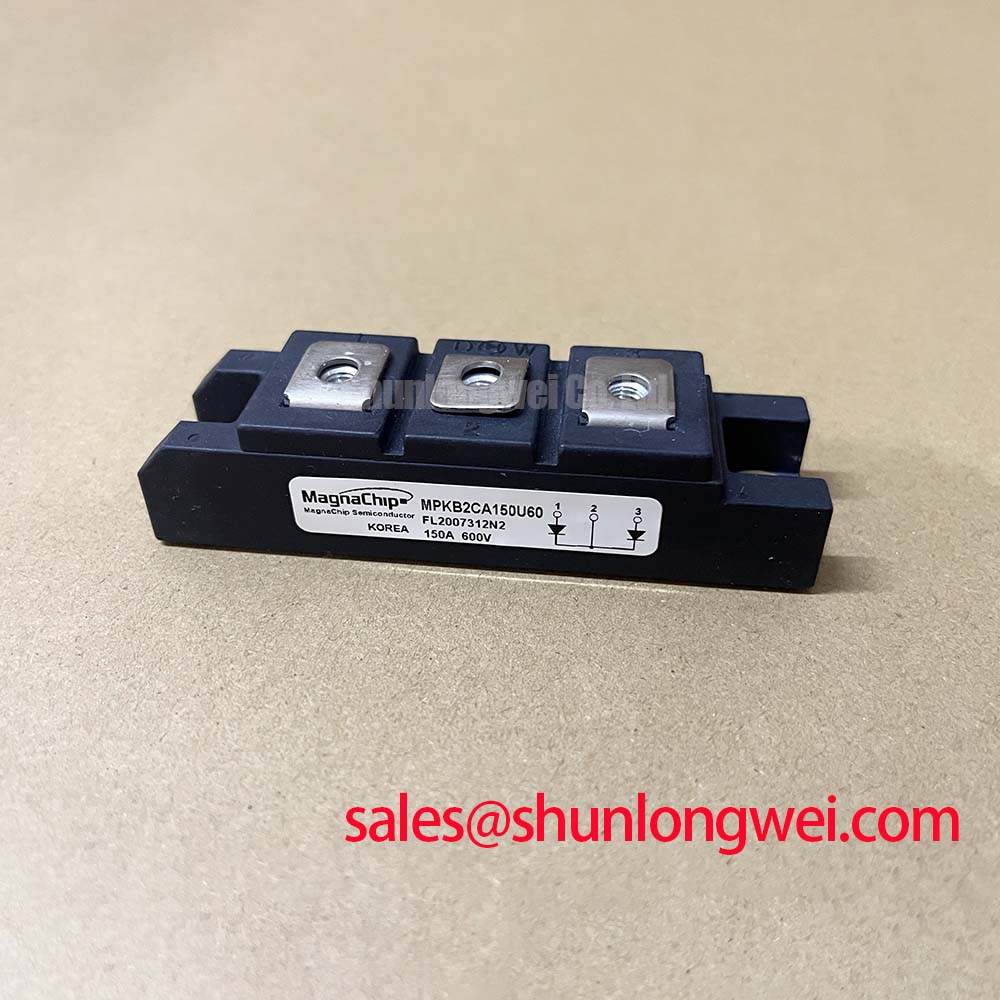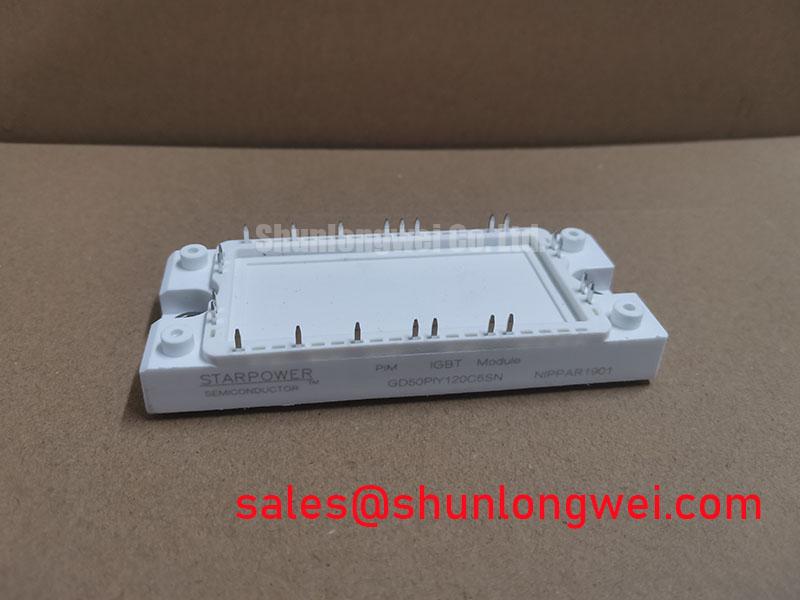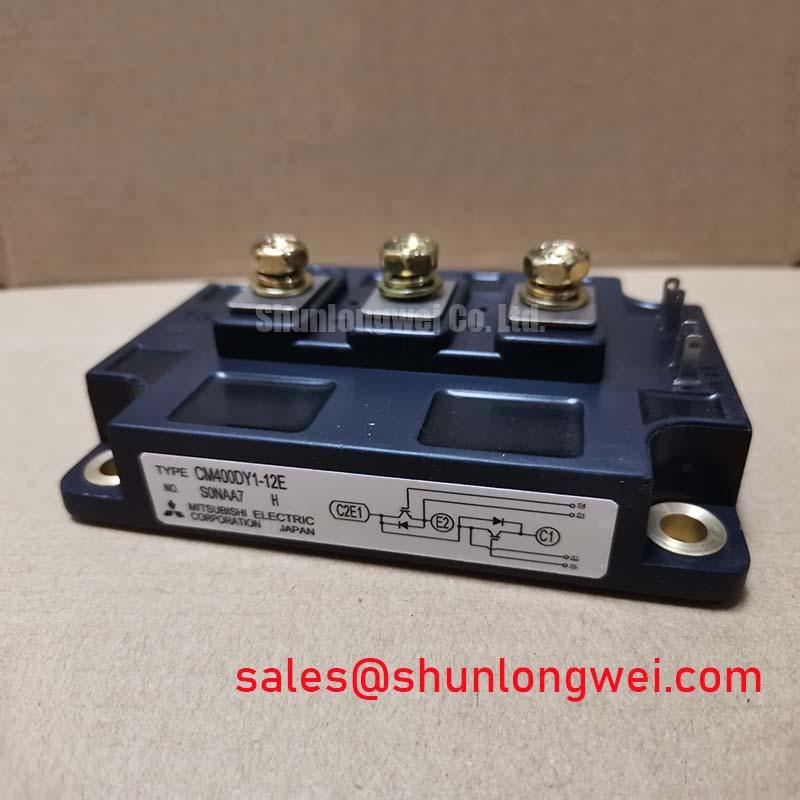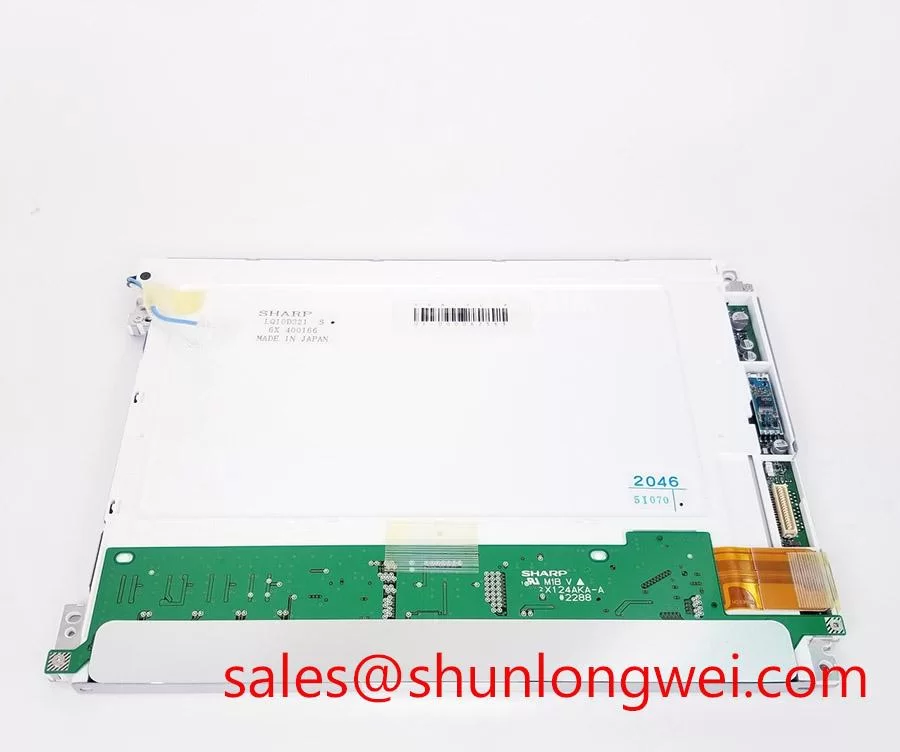MPKB2CA150U60 Diode Module: An Engineer's Guide to Thermal Performance and Reliability
Content last revised on October 20, 2025.
This engineering analysis details the MPKB2CA150U60, a three-phase diode bridge module engineered for superior thermal performance and long-term operational reliability in demanding industrial power conversion systems. With core specifications of 600V | 150A | Rth(j-c) 0.16 °C/W, this component offers key engineering benefits including excellent heat dissipation and high operational robustness. It is designed to address the critical challenge of maintaining system integrity and efficiency in high-current rectification stages. For industrial power supplies requiring robust thermal management, the MPKB2CA150U60's low thermal resistance makes it a definitive choice for reliable front-end rectification.
Key Parameter Overview
Decoding the Specs for Enhanced Thermal Management and System Durability
The technical specifications of the MPKB2CA150U60 are foundational to its performance in high-stress applications. The parameters are organized below to provide a clear overview for design and evaluation engineers.
| Parameter | Value | Conditions |
|---|---|---|
| Electrical Ratings | ||
| Repetitive Peak Reverse Voltage (VRRM) | 600 V | |
| Average Forward Current (IF(AV)) | 150 A | TC = 100°C |
| Peak Forward Surge Current (IFSM) | 1300 A | 8.3 ms, half-sine wave |
| Forward Voltage Drop (VF) | 1.3 V | IF = 150 A, TJ = 25°C |
| Thermal and Mechanical Specifications | ||
| Maximum Junction Temperature (TJ max) | 150 °C | |
| Thermal Resistance, Junction-to-Case (Rth(j-c)) | 0.16 °C/W | Max, per diode |
| Isolation Voltage (VISO) | 2500 V | RMS, 1 minute |
| Module Weight | 230 g | Typical |
Download the MPKB2CA150U60 datasheet for detailed specifications and performance curves.
Application Scenarios & Value
System-Level Benefits in Industrial Motor Drives and Power Supplies
The MPKB2CA150U60 is engineered for the input stages of high-power systems where reliability is non-negotiable. Its primary value is demonstrated in applications such as the front-end rectifier for a Variable Frequency Drive (VFD) or as the input bridge for large-scale Switched-Mode Power Supplies (SMPS).
Consider the engineering challenge within a 50kW VFD controlling a heavy-duty conveyor belt motor. The rectification stage must not only handle the continuous load but also survive the significant inrush currents during motor startup. The MPKB2CA150U60's high surge current rating (IFSM) of 1300A provides the necessary robustness to absorb these transient events without degradation. Furthermore, its low thermal resistance (Rth(j-c)) is critical. This parameter acts like a wide conduit for heat, enabling engineers to design more compact and cost-effective cooling systems, which in turn increases the overall power density and reliability of the drive. While the MPKB2CA150U60 is engineered for high-power applications, for systems with lower current demands, the related MDD95-12N1B may present a suitable alternative.
Frequently Asked Questions (FAQ)
Answering Key Engineering Questions
How does the MPKB2CA150U60's low thermal resistance, Rth(j-c), of 0.16 °C/W directly influence system design?
This low thermal resistance value is a direct indicator of efficient heat transfer from the silicon diode to the module's baseplate. For a design engineer, this translates into a lower temperature rise under load, which allows for the use of a smaller, lighter, and more cost-effective heatsink to maintain the junction temperature within safe operating limits. This directly contributes to higher system power density and improved long-term reliability.
What is the significance of the module's 2500V isolation voltage in an industrial environment?
The 2500V isolation rating ensures robust electrical separation between the live AC input terminals and the module's mounting baseplate, which is typically connected to the system chassis ground. This is a critical safety feature in industrial settings, preventing electrical shock hazards and ensuring the system complies with safety standards like IEC 61800-5. It provides a reliable barrier against voltage transients and ground faults, safeguarding both equipment and personnel.
Technical Deep Dive
A Closer Look at the Alumina DBC Substrate and its Impact on Thermal Cycling Reliability
A key factor in the long-term reliability of the MPKB2CA150U60 is its internal construction, which utilizes an Alumina (Al2O3) Direct Bonded Copper (DBC) substrate. This technology is central to the module's robust thermal management capabilities and mechanical stability. A DBC substrate consists of a ceramic tile (Alumina) metallized with pure copper on both sides, to which the semiconductor chips are soldered.
The primary benefit of this design, offered by manufacturers like Semikron and others, is the closely matched coefficient of thermal expansion (CTE) between the silicon chip and the Alumina ceramic. During power cycling—when the module heats up during operation and cools down when idle—different materials expand and contract at different rates. A large CTE mismatch would induce mechanical stress in the solder joints, leading to fatigue, cracking, and eventual device failure. By minimizing this mismatch, the DBC construction significantly enhances the module's power cycling capability, ensuring a longer operational lifespan in applications with frequent start/stop cycles, such as servo drives and industrial automation equipment.
To better understand the role of thermal resistance, think of it like the diameter of a drainpipe. A low Rth(j-c) value, such as the 0.16 °C/W of this module, is analogous to a very wide pipe. It allows the heat generated by the silicon chip (the source of water) to flow away to the heatsink quickly and efficiently, preventing a thermal 'backup' that would cause the device to overheat.
Engineering Evaluation Support
To further evaluate the MPKB2CA150U60 for your power system design, or to inquire about its specifications for your specific application, please contact our technical support team for assistance with documentation and design considerations.
















